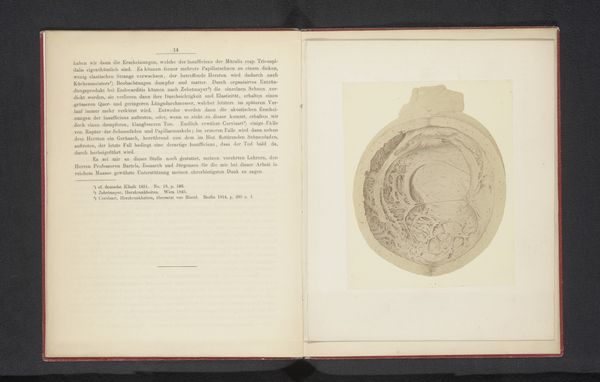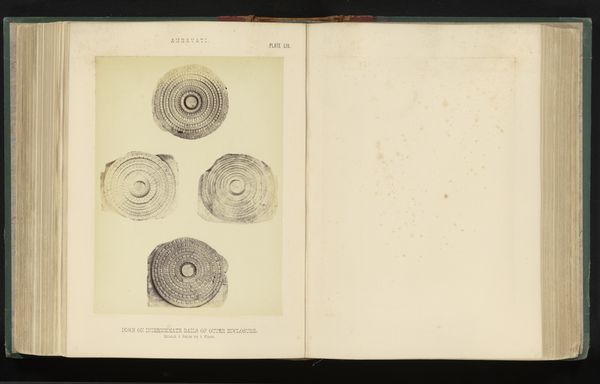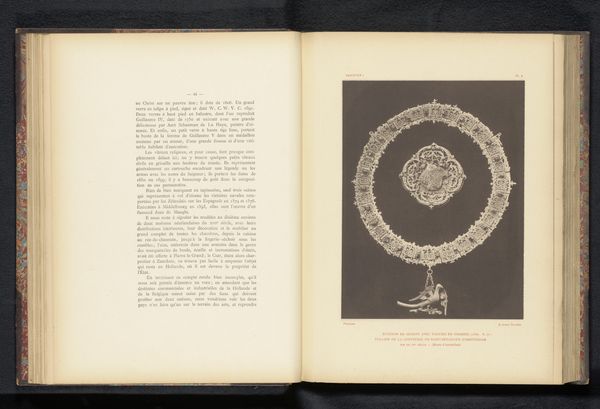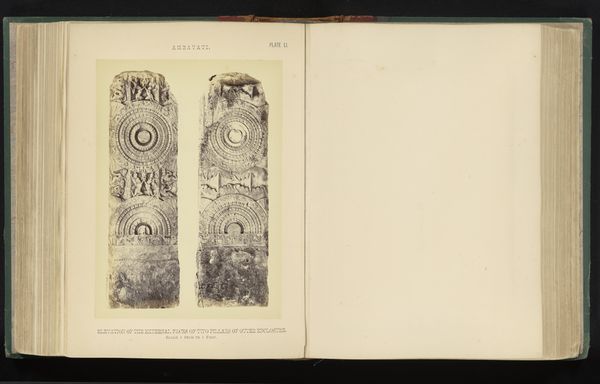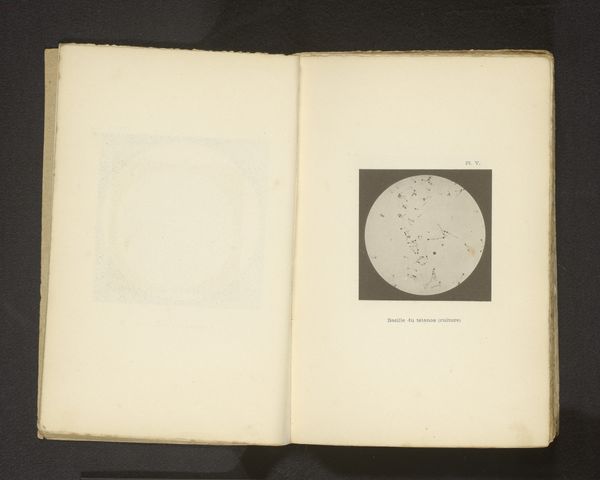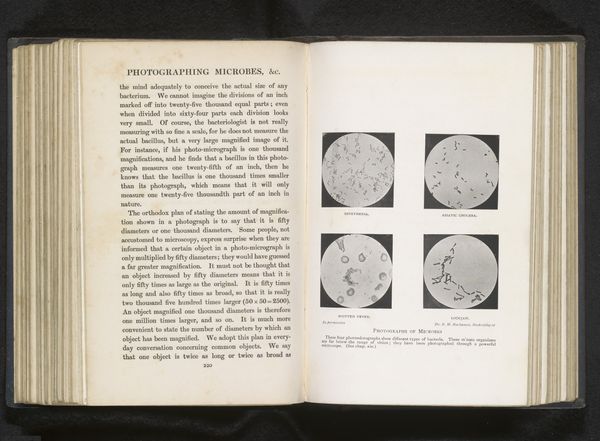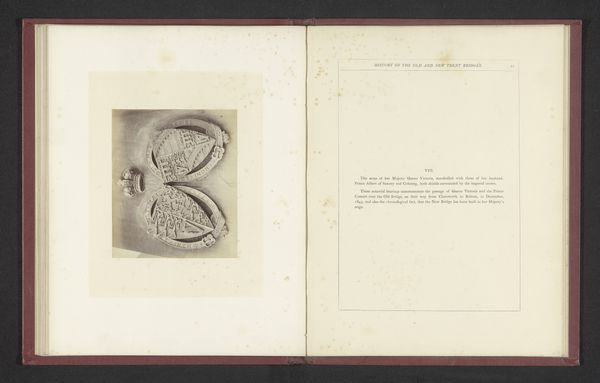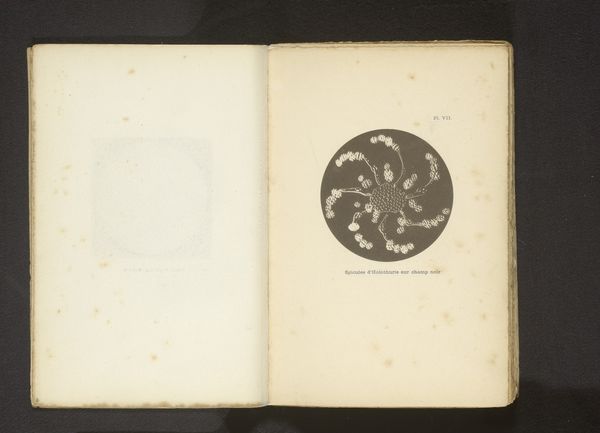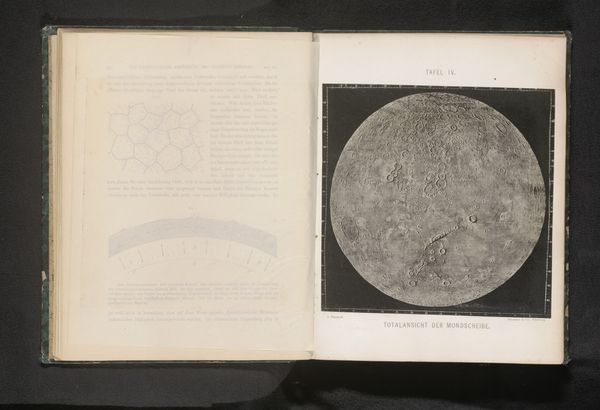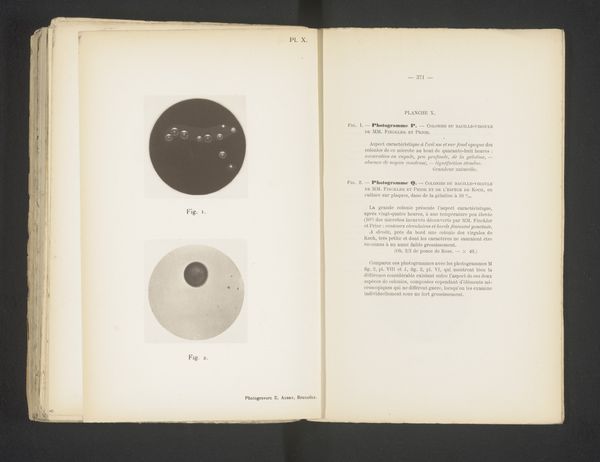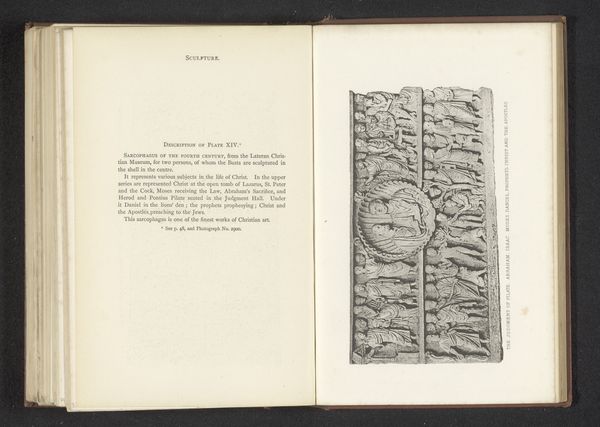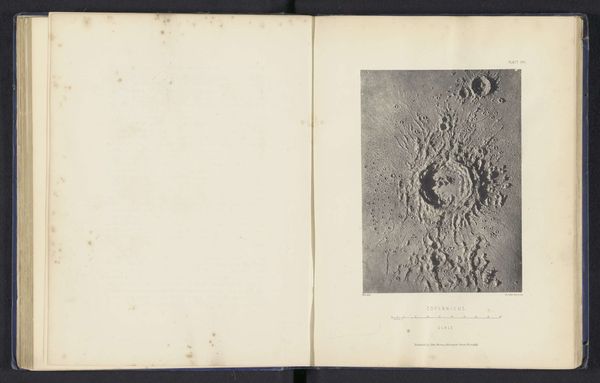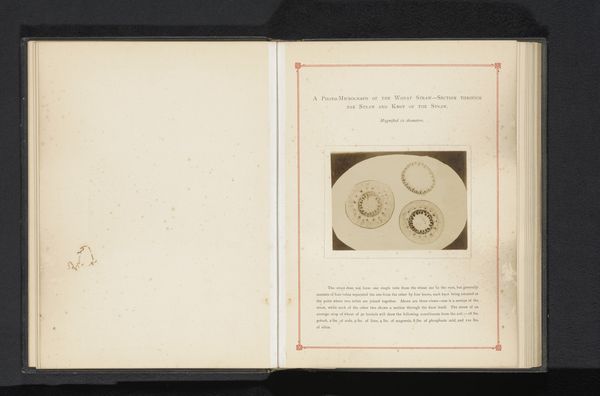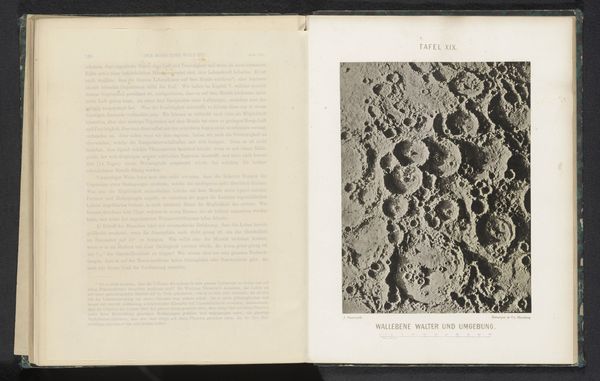
print, photography, collotype
# print
#
photography
#
collotype
#
genre-painting
#
decorative-art
Dimensions: height 228 mm, width 171 mm
Copyright: Rijks Museum: Open Domain
Editor: Here we have a collotype print titled "Dienblad met reliëf," which translates to "Tray with Relief," dating from before 1883 by Emile Aubry. Looking at the printed image, I’m immediately struck by the intricacy of the tray's design. It feels so ornamental. What do you see in this piece? Curator: What interests me most here is the reproduction itself – the collotype. Think about the labour involved in creating this object, then the further labour of its photographic reproduction and printing. We see here not just a ‘decorative art’ object, but a document of industrial and artisanal production practices. Editor: So you are saying it's about how it was made, rather than the tray itself? Curator: Precisely. Consider the social context, too. Who was this book intended for? Likely a consumer, presented with options. This collotype acts as a kind of advertisement. What does its inclusion in this printed form say about the values, perhaps aspirations, of its audience? Editor: That's a good point. I hadn't thought about the photograph as an advertisement. Curator: Think of the choices in this time before mass reproducible photographic imagery. Why represent it photographically as opposed to sketching it? What would each have suggested? What does photography signify? Editor: That’s fascinating, reframing it within the broader context of materials, labour, and social function adds so many layers of meaning. Curator: Indeed, the photograph itself, divorced from the ‘aura’ of a fine art print, is transformed here from object of admiration to cultural record, of production. And perhaps, a quiet celebration of both craft and industry?
Comments
No comments
Be the first to comment and join the conversation on the ultimate creative platform.
